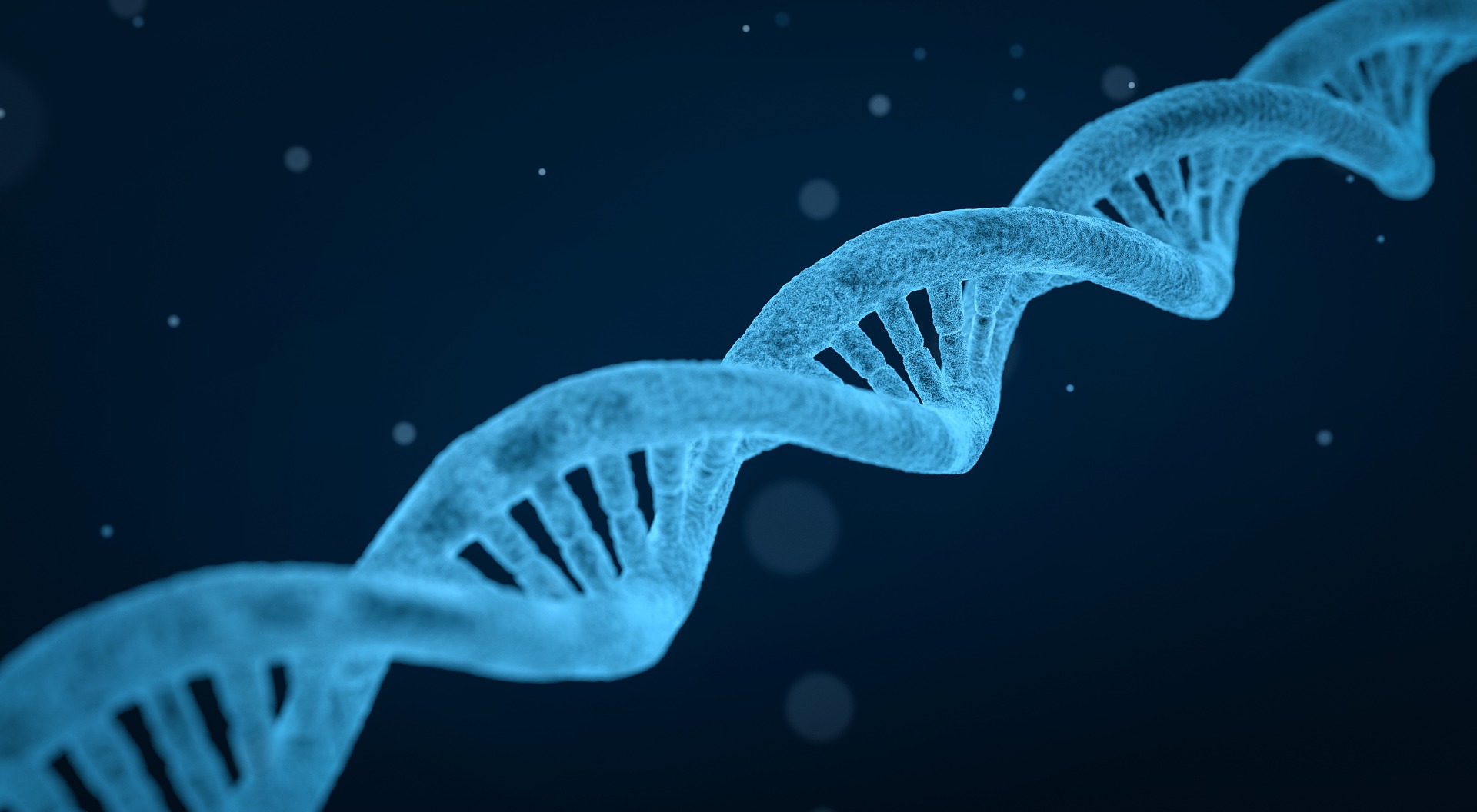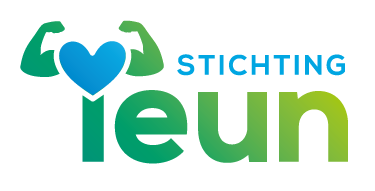The disease
Emery DreifussThe Diagnosis
DNA
Emery-Dreifuss Muscular Dystrophy (abbreviated EDMD) is a rare inherited muscle disease that affects 1 in 300,000 people. It is a progressive muscle disease in which children increasingly suffer from muscle weakness in the shoulders, lower legs, problems with the heart muscle and stiffening of the joints.
Emery-Dreifuss is caused by a flaw in the genetic material which causes the muscle cell to slowly deteriorate. There are 8 different known types known that can produce Emery-Dreifuss. These flaws can be found in different chromosomes.
Teun has Emery-Dreifuss type 2 in which there are problems with the LMNA gene. For as far as known, their are just 2 children in the Netherlands with this specific type.
Due to an error in the genetic material, the Lamin A / C protein cannot be produced. This protein has an important role in giving firmness to the wall of the muscle cell. Without these proteins, the wall of the muscle cell breaks down, so the muscle cell cannot do its job and deteriorates.

The Symptoms
Muscle weakness
Muscle weakness develops gradually, usually it starts first in the muscles of the shoulders and the lower legs. Children often have a wobbly run, which is due to the weakening of the pelvic muscles. Getting up from the ground also becomes more and more difficult. Some children with Emery-Dreifuss need a wheelchair to move around and running and jumping is usually not possible. When a child is tired, the walking function often decreases and a wheelchair is frequently used for longer distances.
Stiffening of the joints
One of the first symptoms may be that a child’s movements are awkward due to stiffening of the joints. This usually occurs in the ankles, elbows, back and neck. With stiffening of the spine it becomes difficult to bend or stretch the spine; scoliosis also occurs. These complaints often increase over time.
Contractures (shortening of muscles)
A common problem is the shortening and tightening of the muscles. This particularly concerns the muscles in the lower legs (Achilles’ tendons), so that the walking function is limited (toe walking). Muscles and tendons in the elbows, back and spine can also shorten, reducing mobility.
The heart
In children, the heart muscle has less ability to perform its function, which can lead to palpitations, shortness of breath, chest tightness and fatigue.
Cardiac arrhythmias are more common in later childhood, so that it may be necessary to place a pacemaker to keep the heartbeat regular. An internal defibrillator may be used in cases of severe heart failure.
Fatigue
Children with Emery-Dreifuss often suffer from fatigue. This is partly because they have to put more effort into performing activities due to muscle weakness. Fatigue is also caused by the poor functioning of the heart muscle.
Pain
Pain arises as a result of the muscles being overburdened. The pain usually occurs at the end of the day and is typically in the neck, shoulders and lower back; muscular cramp also occurs.
Hospitals- Specialists
Radboud Hospital- Nijmegen
Teun goes to the Muscle Team and the Paediatric Cardiologist every year for monitoring.
Muscle Team: this is a 2-½ hour appointment where the children are seen by various doctors and disciplines and of course, where the parents may ask questions. As these doctors only see Teun once a year, there are also visits to the rehabilitation doctor at the rehabilitation centre which is nearby.
Paediatric Cardiologist: screening the heart is very important. There is a 24-hour Holter monitor test as well as an electrocardiogram and extensive ultrasound. When Teun is older, he will undergo MRIs to detect possible heart defects as early as possible.
L’Hopital Raymond-Poincaré – Paris
At our request, Teun’s attending paediatric neurologist gave us the name of a paediatric neurologist in Paris who has more experience with children with Emery-Dreifuss. This doctor in Paris shared her experience and knowledge. She indicated that it is especially important to monitor the function of the heart and the heart muscle, because herein lies the greatest risk with Emery-Dreifuss. In addition, we received advice from a physiotherapist for stretching the lower legs and arms. He also showed us ways to train the rib muscles to help with breathing, should deterioration occur.
We finally had the feeling that we were seeing a doctor who could give us valuable information, which we could do something with as parents. We discussed the opinions we were given in Paris with the doctors in the Netherlands and they are now part of Teun’s annual check-ups.
The aim is to go to Paris every two years to learn if there is new information available and the paediatric neurologist can monitor Teun and possibly offer new recommendations.
